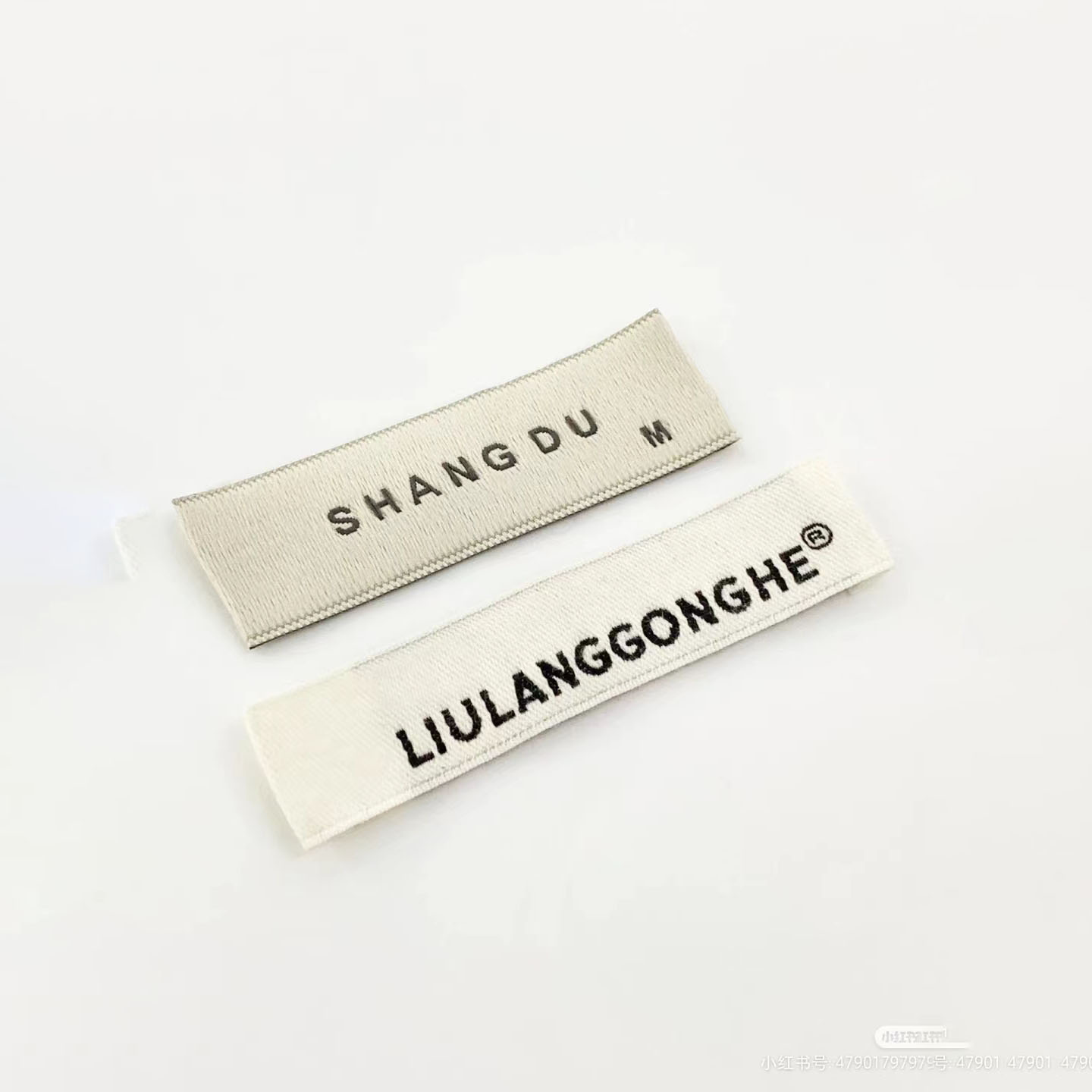
The Importance of Understanding Clothing Labels

In the fast-paced world of fashion, it's easy to get caught up in the latest trends and forget about the essential task of proper garment care. Understanding clothing labels is crucial in maintaining the longevity and quality of your clothes. Let's delve into the various symbols and instructions found on clothing labels to unlock the secrets of proper garment care.
1. Fabric Care Instructions
The fabric care instructions on clothing labels provide vital information on how to clean and care for your garments. They typically include symbols that represent washing, bleaching, drying, ironing, and dry cleaning. Understanding these symbols will help you determine the appropriate method to keep your clothes in pristine condition. For example:
- Washing symbols: A tub of water indicates that the garment is machine washable. The number within the tub indicates the maximum water temperature allowed.
- Bleaching symbols: A triangle indicates whether bleach can be used. An empty triangle means that you can use chlorine bleach, while a diagonal cross prohibits the use of any bleach.
- Drying symbols: A square represents drying instructions. A circle inside the square represents tumble drying, and dots inside the circle indicate the heat setting required.
- Ironing symbols: An iron symbol represents ironing instructions. Dots inside the iron indicate the temperature setting.
- Dry cleaning symbols: A circle with letters indicates whether the garment can be dry cleaned. Different letters within the circle represent different solvents used in the process.
2. Fiber Content Labels
Fiber content labels specify the materials used to make the garment. They are crucial for determining the appropriate cleaning methods. Common fiber content labels include:
- Cotton: This natural fabric is sturdy and machine washable, although some cotton blends might require special care.
- Wool: Wool requires delicate handling and often needs to be dry cleaned or hand washed to avoid shrinking.
- Silk: This delicate fabric often requires hand washing or dry cleaning, depending on the specific garment.
- Synthetic fibers: Materials like polyester, nylon, and spandex are known for their easy care and can usually be machine washed.
3. Sizing and Country of Origin
Clothing labels also include sizing information, which helps you choose the right fit. Pay attention to the country of origin as well, as different countries may have unique sizing standards. This information is especially crucial when shopping online or when traveling.
4. Additional Care Tips
Besides the standard care instructions, some clothing labels may provide additional tips to maintain the garment's quality. These tips can include suggestions for stain removal techniques, avoiding direct sunlight, or avoiding the use of certain chemicals. Following these recommendations can help extend the lifespan of your clothes.
5. Label Removal
Once you are familiar with the clothing label instructions, you might consider removing them. However, before doing so, ensure that you have memorized the washing and care instructions or take a picture for future reference. Removing labels can prevent skin irritation and keep your clothes looking neat and tidy.
Conclusion
Understanding clothing labels is essential in ensuring the longevity and proper care of your garments. By decoding fabric care instructions, paying attention to fiber content labels, considering sizing and country of origin, following additional care tips, and knowing the right time to remove labels, you can keep your clothes in excellent condition for longer. So, the next time you shop for new clothes or start your laundry routine, make sure to pay attention to the clothing labels for a hassle-free garment care experience.
